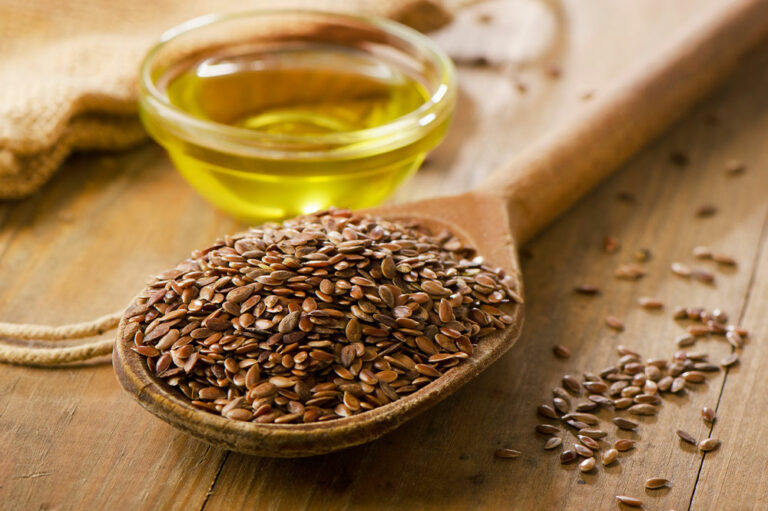
7 foods that help deal with menopause symptoms
Menopause refers to the 12-month gap after a woman’s last menstrual cycle, which tends to start during a girl’s adolescence or earlier. Typically, women between the ages of 45 and 55 experience menopause at some stage with varying discomforts. Most symptoms can be managed via prescriptions and home remedies. Alternatively, doctors suggest simple changes in daily nutrition to manage the symptoms better. Here are seven foods one can consider to tackle the symptoms. 7 foods to help manage menopause symptoms Dairy Menopause can have a deteriorating effect on healthy bones due to sudden metabolic and hormonal changes. If left unchecked, it could lead to rapid bone loss and increase the risk of osteoporosis among older women. Experts suggest at least 1,200 to 1,500 milligrams of calcium intake regularly to support bone health. Natural skim milk, cow milk, soy milk, low-fat cheese, and yogurt are excellent foods to boost calcium intake. Cruciferous vegetables Leafy greens and healthy cruciferous vegetables should also be eaten daily to boost natural fibers, proteins, iron, and antioxidants in the body. Spinach, turnip, and collard greens are veggies rich in calcium to help improve bone health. Also, broccoli, asparagus, cauliflower, kale, and Brussels sprouts are nutrient-dense veggies linked to reducing the severity of hot flashes, one of the persistent symptoms of menopause.
Read More 











